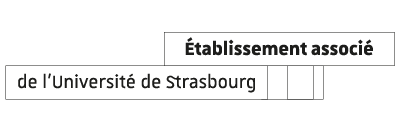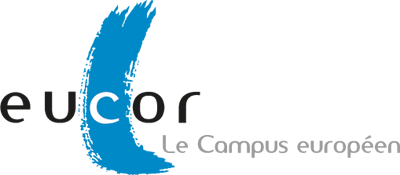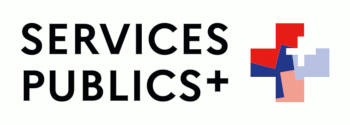Publication date: 15/12/15
ThemesNews
Since September 2015, Inserm researcher Anne Pereira is leading a new and innovative project at the Laboratory of Cognitive and Adaptive Neurosciences. It aims to study the effects of chronic exposure to 4G waves on rats’ spatial memory.
“This type of signal is still new and its effects have not been investigated by the international scientific community yet,” she explains. “So far, most of the research related to the effect of electromagnetic waves on humans and animals focused on the exposure to cell phone radiofrequencies such as 2G and 3G.” This project is funded by the National Agency for Food, Environmental and Occupational Health & Safety (ANSES) for which Anne Pereira has been working for a few years as an expert in cognition and memory within a working group researching on radiofrequencies and health. “One of the group’s missions is to address public health issues related to the development of technological devices using radiofrequencies. We aim to contribute to the social debate by informing all stakeholders of our research results.” It means publishing collective expertise reports on a regular basis. This previously unseen research project is financed by the tax levied on mobile network operators managed by the ANSES. Each year, the agency launches a call for tender to address the health and societal issues related to radiofrequencies.
The effects of radiofrequencies on cognition and memory are very controversial. These waves are often thought to have a harmful impact on the brain and especially on memory. “Any study heading in this direction receives massive media coverage", head of laboratory Jean-Christophe Cassel explains. “Yet these studies usually show a lack of rigour from an experimental point of view, especially in relation to the control of the system of exposure and the evidences of a reliable dosimetry.” Anne Pereira adds that research led by an American team on mice with Alzheimer’s disease showed that chronic exposure to 2G waves had a positive impact on their memory and reduced amyloid plaques. Moreover, the laboratory data did not show any effect on rats’ spatial memory, anxiety and blood–brain barrier after an acute exposure to a 2.45 GHz (microwaves) signal.
This four-year project will allow Anne Pereira and her research team to explore thoroughly the impact of exposure to 4G waves on the long-term memory of rats of all age groups. The team got together with the Zürich’s IT’IS foundation, a specialist in biochemistry and physics of electromagnetic waves and a global benchmark in the fields of exposure systems and dosimetry. The laboratory is equipped with a shielded “reverberation” room which allows the team to expose 24 rats to a homogenous electromagnetic field stimultaneously. Each group of rats will be exposed to a field varying according to the animals’ weight during 4 hours every day for 3 months. The rats will then undergo traditional cognitive testing to detect possible effects on their learning and spatial memory abilities. Researchers will also focus on the impact of radiofrequencies on the epigenetic molecular mechanisms involved in the way memories are formed and persist, which are sensitive to various environmental factors.
















